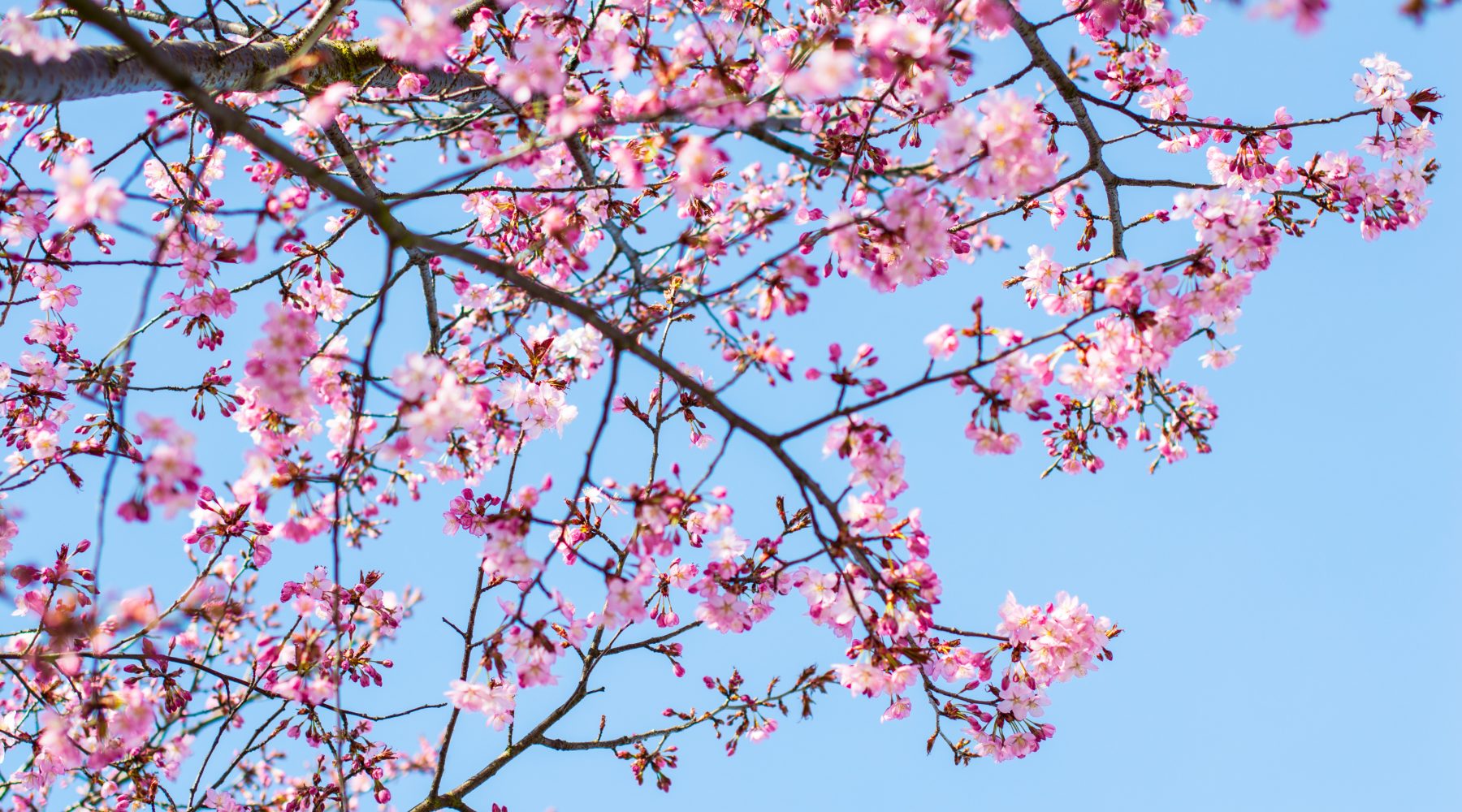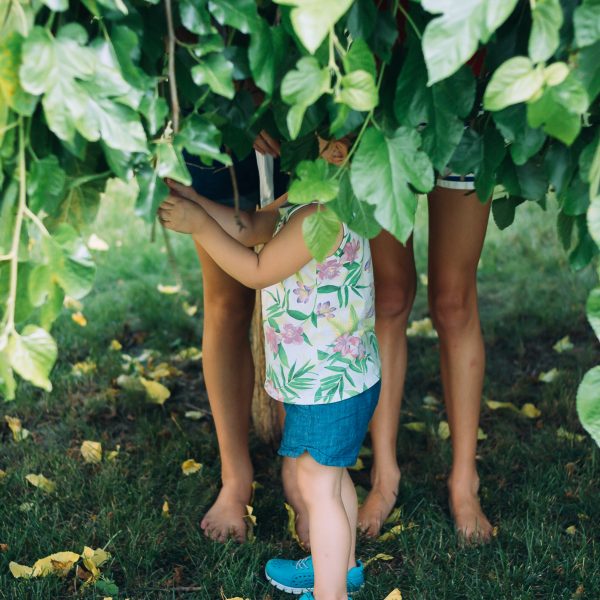Supporting young children’s botanical literacies

Traditionally, in many cultures, the development of children’s plant knowledge, or ‘botanical literacies’ has come from a family member, such as a parent or grandparent.
Unfortunately, many adults are now out of touch with nature due to busy lifestyles and more urban living and children are no longer gaining knowledge about plants and flowers from parents and grandparents. Educators also report they feel they are lacking this specialised plant knowledge and with curriculum demands already heavy, they don’t often allow room for the teaching of plant knowledge.
The ramifications of a decrease in children’s botanical literacies could have detrimental effects for efforts in sustainability and the care of our planet. Outcome Two of the Early Years Learning Framework (EYLF) requires children to be connected to their world. To be connected to the world, children need to have a relationship with nature, which requires knowing the names and uses of some plants, just as they know about many animals.
Many early childhood educators are already working with children in gardens, although mostly this involves gardens with vegetables and herbs with an aim of teaching children healthy eating.
Botanical literacies involve knowledge of all types of plants, including native plants, bushes and trees as well as having an understanding that humans and animals rely on plants for life.
In many Indigenous cultures, including Australian Aboriginal and Torres Strait Islander cultures, plant recognition and the knowledge of the uses of native plants is passed down through generations for the retention of vital information about food, medicinal uses and spiritual knowledge.
With respect to Australia’s Indigenous peoples, it is important to address Indigenous knowledges and names for plants when teaching children about native plants in the Australian environment.
Educating children on the Indigenous names and uses for Australian native plants should be a priority if we are to embrace Aboriginal and Torres Strait Islander languages, histories and cultures in our curriculum when teaching with plants in early childhood.
Some simple ways of increasing botanical literacies are:
- Learn the names and uses of the plants in outdoor learning spaces.
- Use the correct name or Indigenous name for plants in everyday conversations with children. E.g. “Lets go and sit under the Jacaranda”, “have you noticed the Banksias flowering on the way here?”
- Regularly observing the changes in the same plants over long periods of time with the seasons and recording this with children.
- Doing botanical drawings with children of flowers and leaves on living plants, in the outdoors
- Try not to use flowers and plants as a disposable resource; use living plants where possible so children come to respect plants as living things
- Add books on plants and native flora to your book collection so children can discover the wonders of the plant world, as they do with the animal world.
- Research traditional uses of the native plants in your area.
Botanical literacies are currently not well known or researched in early childhood education in Australia. My PhD research at Murdoch University in Western Australia, is hoping to change this as I gain a deeper understanding of the botanical literacies of young children and research models for supporting children’s knowledge and understanding of plants.
If interested, educators are welcome to contact me via email, to [email protected]
Popular

Quality
Practice
Provider
Research
ECEC in focus - Una Springwood’s intergenerational initiative brings young and old together through connection and care
2025-06-30 10:00:45
by Contributed Content

Provider
Practice
Quality
Research
Aboriginal Education Strategy drives early learning and school success in South Australia
2025-07-01 09:55:12
by Fiona Alston

Workforce
Policy
Quality
Research
Inclusive Practice Framework set to strengthen inclusion in early childhood settings
2025-06-24 11:37:00
by Isabella Southwell












